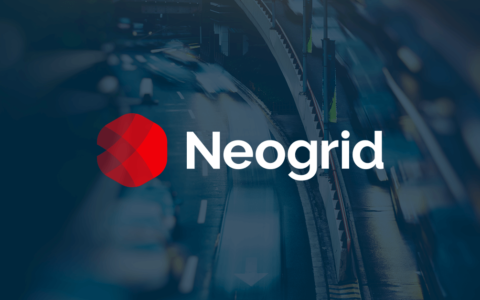
This year’s theme at the Gartner Supply Chain Executive Conference in Phoenix, Arizona focused on the ongoing disruptions occurring in the supply chain industry. NeoGrid joined more than 2,000 supply chain executives at the event to realize the impact of disruptions — such as new data, the Internet of Things (IoT), end-to-end visibility and responsiveness to demand — and create transformational strategies inspired by them.
A New Take on the Supply Chain
There is a shift happening within the logistics community. Supply chains are being viewed less as a linear process and more as an ecosystem made up of a collection of partners that address consumer needs. All partners take joint responsibility and joint action to make sure their supply chain is responsive, innovative and efficient.
The new goal is an agile, fluid and frictionless supply chain. To achieve this goal supply chains are moving away from operating in a series of set steps with each partner focusing on segmented function. Moving forward, partners will be responding to changes in real time, uninterrupted and unscripted.
Inventory and Supply Chain Design
Another innovative idea presented at the conference was about inventory. During his session, Gartner Research Director Paul Lord discussed three types of inventory: structural, operational and situational. This takes a holistic view of supply chain design, operations, situations and demand signals and enables companies to respond to each appropriately.
Structural inventory is where inventory levels and positions are a consequence of the design of your supply chain — making sure the inventory is there to support the design. Operational inventory is based on how the supply chain is operated. Factors such as material sourcing, lead times and maintaining safe levels of products on store shelves affect the amount of inventory needed on hand. As for situational inventory, this type fluctuates based on the situation you are in. Whether that is a new product launch, item promotion or product shortage, the situational inventory approach is the most fluid of the approaches to inventory.
The Internet of Things is Really Here
IoT is certainly real and operational. Land-O-Lakes spoke of how it uses IoT to gain visibility of its supply chain from farm to fork. It starts with sensors in the soil to optimize the growing conditions of the raw crops, then the production line, delivery process and finally to the consumer at the point of sale.
Not only is IoT leading to supply chain visibility, it’s leading to new business models. One example is Phillips light bulbs. Rather than selling light bulbs to businesses, they have developed a new business model of selling packaged lighting services — designing and managing the illumination within the building. IoT is the reason that this model is a reality. Phillips is able to conduct remote monitoring and see in real time if there is a problem and take corrective action. This disrupts the business models other lighting companies are currently using.
Data and Automated Analytics
With new technologies like IoT and RFID, there is an influx of increasingly granular, real-time data. As the volume increases it is becoming inefficient for staff members to sift through the data in order to determine which data is important to the supply chain and what data is just noise.
This is where consulting with your supply management system (SCM) vendor can help. It is their job to help you leverage the right data so they can take advantage of it. Ensure that your SCM has analytics built into the incoming data streams so that situations can be automatically detected and intelligently understood in order to quickly alert the appropriate users to take action.
These emerging views and disruptions bring an opportunity to improve current supply chains. However, if your company is not keeping up with these trends it can lose its competitive advantage as well as supply chain efficiency.




